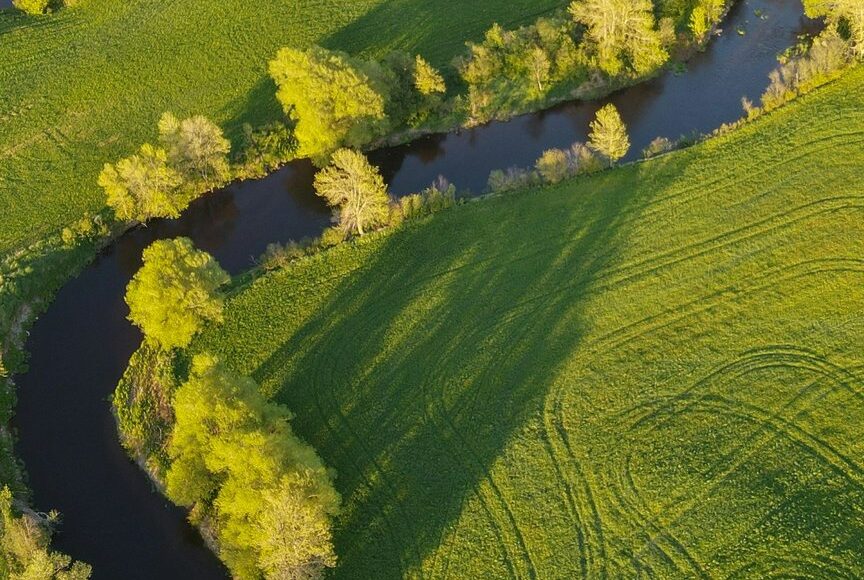At Satelligence, we’re actively collaborating with National Competent Authorities (NCAs) in the Netherlands, Belgium, Germany, Spain, Italy, and beyond. We’ve supported these authorities by conducting live demos, facilitating feedback sessions, and participating in EUDR dry runs involving companies across multiple commodities and origins. As a next step, we are planning to train the auditors. These exercises included also organizations that do not currently use Satelligence, providing a broad perspective on EUDR compliance readiness.
What We’ve Learned—from Data Gaps to Dashboard Shortcomings
In order to help clarify expectations for our clients and partners preparing for compliance, we are pleased to share several lessons learnt from over 25 of these dry runs for different commodities and origins (many of these not using Satelligence):
Data collection is strong
In general, companies are successful at gathering the data required from their suppliers. That said, beyond the dry runs, local producers in origins remain who have not yet heard about EUDR;
Risk assessments are the weak spot
Although plot geolocation data was considered of good quality, 55% of the companies failed to provide proper deforestation assessments with supporting evidence;
Leading dashboards are insufficient
NCAs find simply storing a set of documents and other data not enough. Typical ERP-focused platforms offered for EUDR fall short. Authorities want companies to see proof that the information and outcomes are correct, supported by documentation and clear evidence. Availability of legal documents should not be a ‘yes’ or ‘no’ answer.
Methodology matters
Deliver methodology and explanations of how you did it so that the auditors can follow all steps taken in the process. NCAs plan to check the systems, technologies, methods and data sources behind the results.
Visualisation is critical
Mapping and geospatial proof of sourcing areas strengthen the evidence package.
Transparency is expected
Authorities are exploring ways to get access to the evidence directly, as an approach to running their checks. One way could be to access full-service platforms such as Satelligence, when used. Another option could be to set up a collaborative environment between NCAs, operators, and traders.
Simplifications on the way
NVWA has accepted RSPO and FSC as having a lower chance of inspections, although certified companies will still be checked.
What this means for you
Authorities are signalling a strict approach to checks and validation. Compliance will not only require you to submit data, but also to offer transparency on how your data is verified and turned into trusted conclusions.
This is exactly why clients rely on Satelligence to bridge this gap: combining robust data upload with evidence-based risk assessments, visual proof (e.g. checking very high detail before and after images and field work notes), and transparent methodologies based on industry-consensus and independent accuracy assessment.
This ensures you’re not only EUDR-ready when the time comes, but also ahead of the curve.
Stay up to date on EUDR, subscribe to our newsletter below
